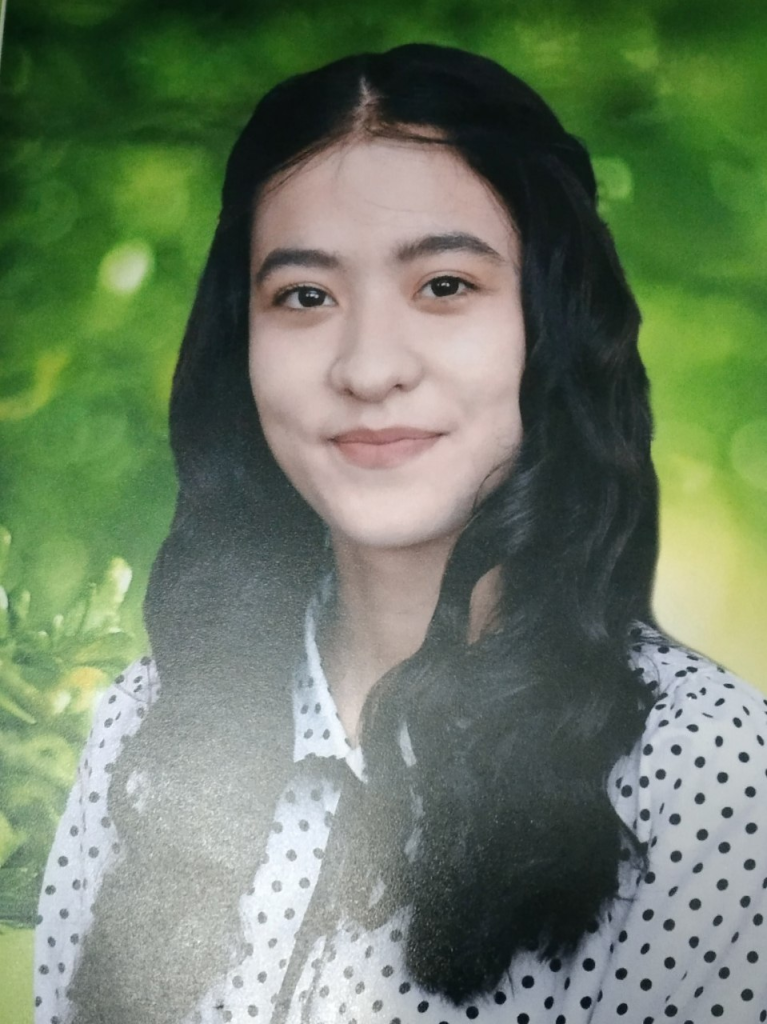
I translated and analyzed Faynberg’s poem from Russian to English.
Сирень
Давай любовь свою оплачем.
Давай свидание назначим,
Не мучаясь и не грустя.
Сегодня. Десять лет спустя.
Давай сирени наломаем.
Любила ты? И я любил.
Апрель цветёт, как ненормальный.
Апрель заборы проломил.
Сирень горька и безутешна.
Сорви мне счастье наугад.
Мы изменились? Мы всё те же,
Как десять лет тому назад.В глазах твоих все те же кроны.
В моих — всё тот же синий дым.
Стекло с вином губами тронув,
Ты говоришь: «Горим?»
— «Горим!»
Куда? О чём? За что горим мы?
Ах, за начала всех начал!
За польский вальс неповторимый.
Он только нам с тобой звучал.
— Горим?
—Горим! За наши годы.
Кольцо на дно со звоном брось.
За то, что дым сирени горек.
За всё, что в жизни не сбылось.Любовь, куда? Не оглянулась.
О, это вечное «увы».
Горим же за чужую юность!
Они целуются, как мы.Горим за всё! За наши беды.
За эту музыку и боль.
За этот мир, от яблонь белый
И от сирени голубой.
Lilac
Let’s lament our love,
Let’s set up a date
Without torment or sorrow,
Today. Ten years later.
Let’s break lilac branches.
You loved, and I loved.
April blooms like it’s abnormal,
April breaks through the fences.
Lilacs are bitter and hopeless.
Tear out happiness for me at random.
Have we changed? We’re still the same
As ten years ago. In your eyes, it’s still the same foliage.
In my eyes, the same blue smoke.
Touching the glass with wine-soaked lips,
You say: “Are we burning?”
— “We’re burning!”
Where to? What about? What are we burning for?
Ah, for all the beginnings there are!
For the unique Polish waltz,
That only sounded for us.
— Burning?
— Burning! For our years.
Throw the ring to the bottom with a clang.
For the bitter smoke of lilacs.
For everything that hasn’t come true in life.
Love, where to? Without a glance,
Oh, this eternal “alas.”
We’re burning for someone else’s youth!
They are kissing, like we did.
Burning for everything! For all our sorrows.
For this music and pain.
For this world, white from apple trees
And blue from the lilacs.
The poem “Lilacs” delves into the complex theme of love, reminiscence, and the passage of time. It begins with an invitation to lament lost love and to set up a date ten years later without torment or sorrow, acknowledging the enduring nature of the emotive moment.
The author then employs vivid imagery by suggesting to break lilac branches, a symbolic act tied to the past relationship. The poem invokes the spirit of April, alluding to its abnormality, and depicts it shattering through the constraints, almost rebellious in its blooming.
The bitter and hopeless nature of the lilacs reflects the disillusionment and unfulfilled emotions tied to that past connection, calling for the unpredictable tearing out of happiness. The narrator questions if they’ve changed over the years, only to conclude that they remain the same as a decade ago, hinting at the persistence of their emotions.
The dialogue within the poem adds depth, as a conversation ensues about burning and the reasons behind it. The questioning of the purpose of their burning and the acknowledgment of past memories creates a reflective and introspective atmosphere, offering a sense of poignancy and longing.
The poem concludes with a broader reflection on burning for someone else’s youth, symbolizing feelings of lost opportunity and nostalgia. It captures a sense of yearning, loss, and a longing for the unfulfilled aspects of life.
In summary, the poem “Lilacs” conveys a deep sense of melancholy and introspection, blending vivid imagery with symbolic meaning to encapsulate the complexities of love, loss, and the passage of time. It evokes a poignant narrative that draws the reader into a contemplation of the enduring impact of love, memory, and the emotive threads that linger on throughout life’s journey.
✓Safarova Zarnigor Zokhid’s daughter student of Uzbekistan state world languages university
✓Young aspiring researcher
✓Author of several scientific articles on gender in linguistics
✓Scientific works, poems, reviews, thesis and articles have been published at national and international newspapers, conferences and journals.
✓She has published three books internationally and her books are available for sale on Amazon and several other sites



